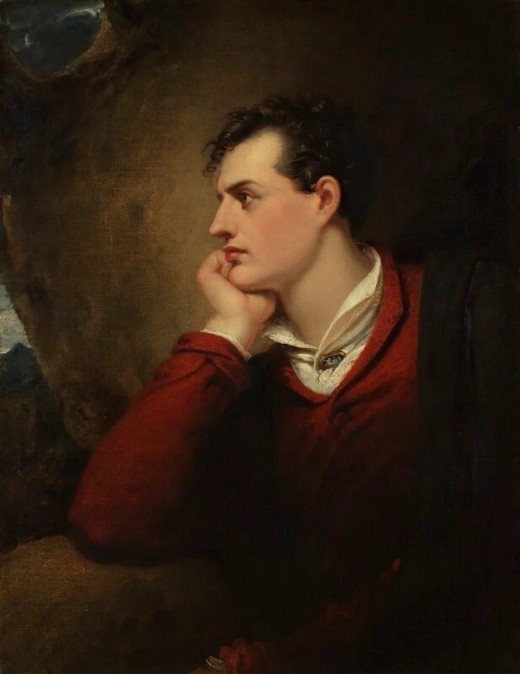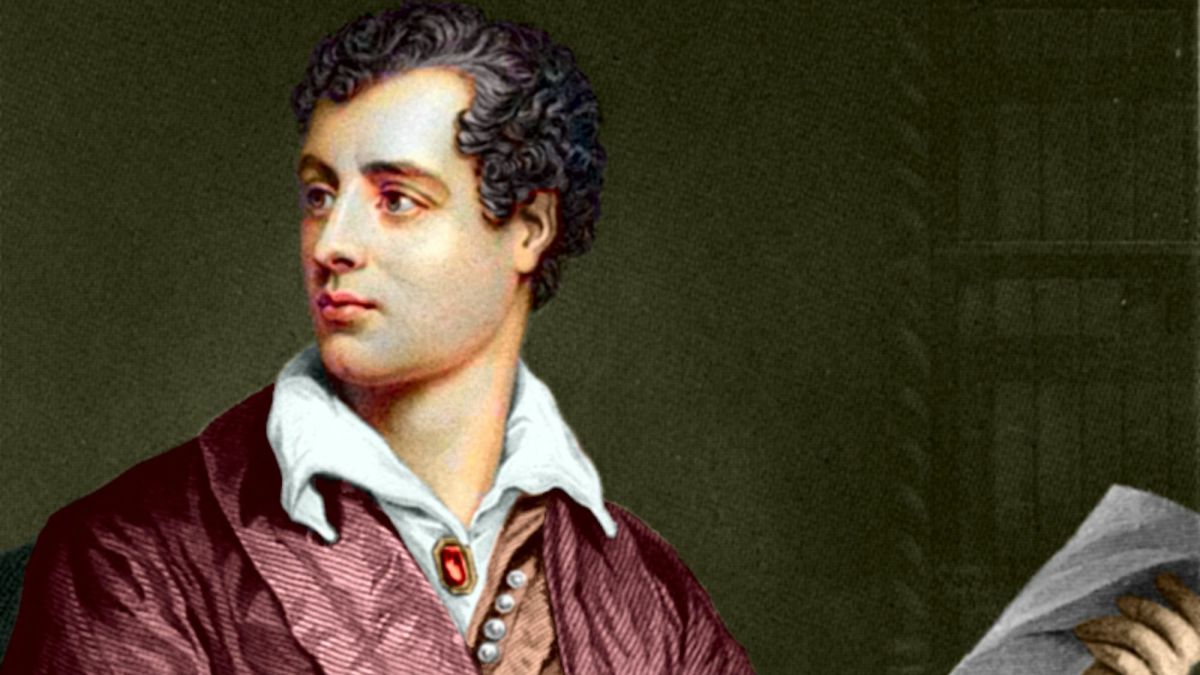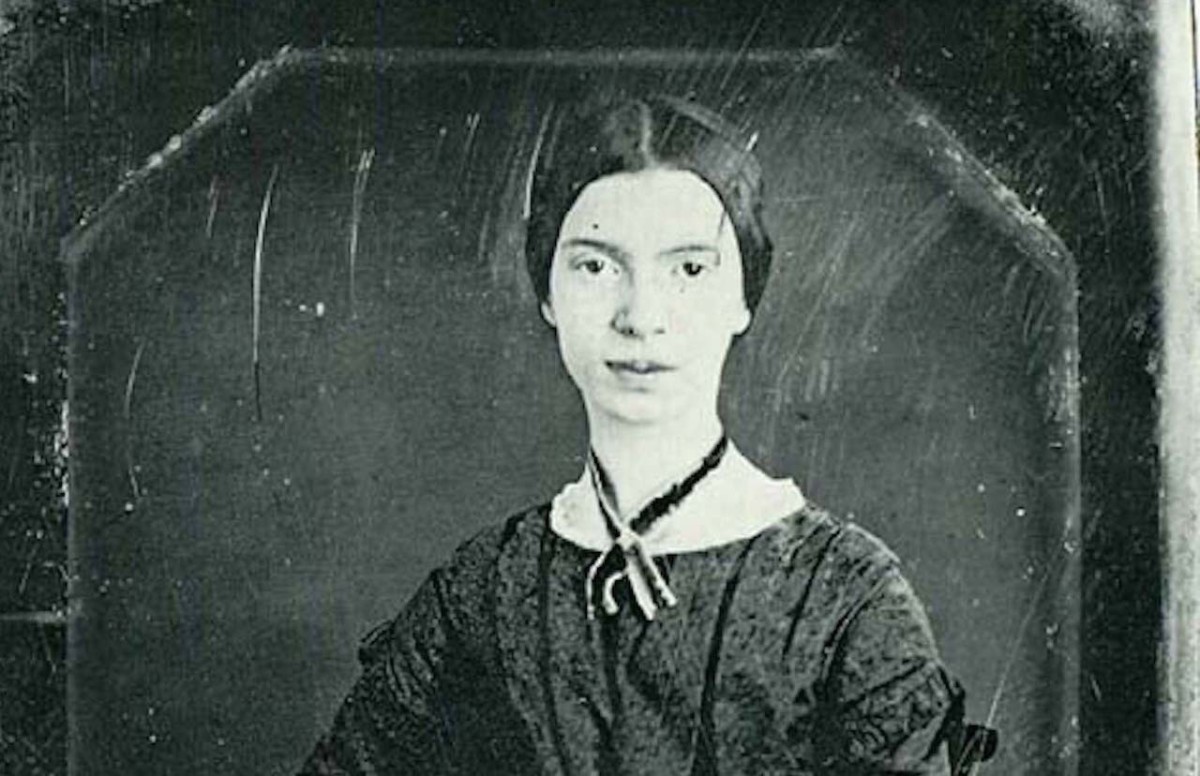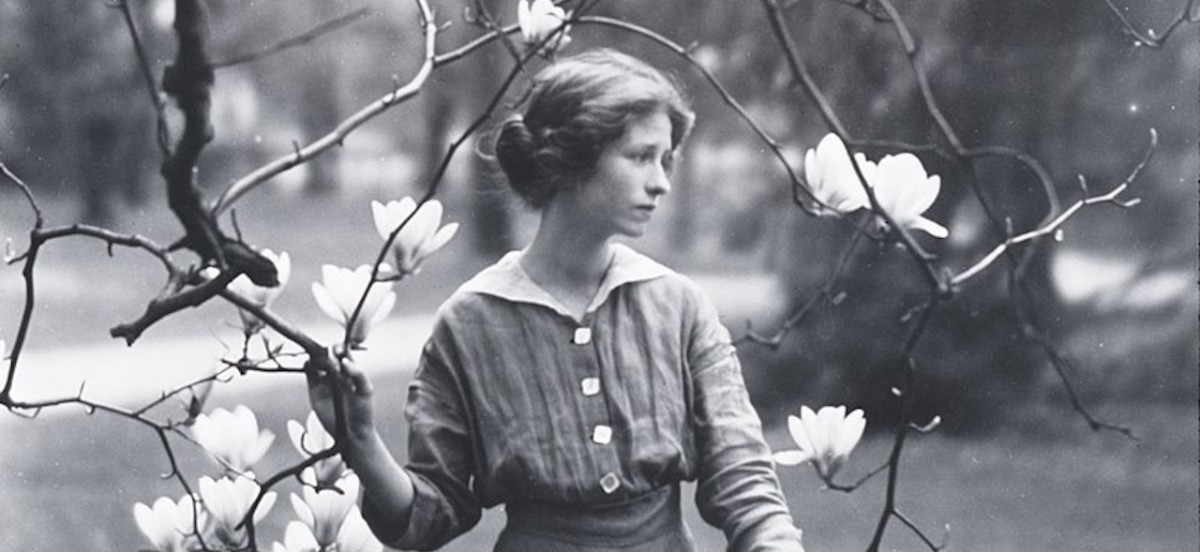George Gordon, Lord Byron's "She Walks in Beauty"

Introduction and Text of "She Walks in Beauty"
Lord Byron's "She Walks in Beauty" consists of three sestets, each offering the riming scheme of ABABAB. The theme is feminine beauty, a quintessential emphasis of the Romantic poets.
There is a legend surrounding Lord Byron's composition of this poem: Supposedly after meeting his wife's cousin, Mrs. Robert John Wilmot, for the first time at an evening soirée, Lord Byron was so impressed with her beauty that he later set down this poem.
Along with many other of Byron's pieces, this work was given a musical rendition by Isaac Nathan.
(Please note: Dr. Samuel Johnson introduced the form "rhyme" into English in the 18th century, mistakenly thinking that the term was a Greek derivative of "rythmos." Thus "rhyme" is an etymological error. For my explanation for using only the original form "rime," please see "Rime vs Rhyme: Dr. Samuel Johnson’s Error.")
She Walks in Beauty
She walks in beauty, like the night
Of cloudless climes and starry skies;
And all that’s best of dark and bright
Meet in her aspect and her eyes;
Thus mellowed to that tender light
Which heaven to gaudy day denies.
One shade the more, one ray the less,
Had half impaired the nameless grace
Which waves in every raven tress,
Or softly lightens o’er her face;
Where thoughts serenely sweet express,
How pure, how dear their dwelling-place.
And on that cheek, and o’er that brow,
So soft, so calm, yet eloquent,
The smiles that win, the tints that glow,
But tell of days in goodness spent,
A mind at peace with all below,
A heart whose love is innocent!

Commentary "She Walks in Beauty"
The speaker in Lord Byron's poem, "She Walks in Beauty," fulfills the prototypical theme of the Romantic Movement's conception of idealized beauty.
First Sestet: Breathless Enthusiasm
She walks in beauty, like the night
Of cloudless climes and starry skies;
And all that’s best of dark and bright
Meet in her aspect and her eyes;
Thus mellowed to that tender light
Which heaven to gaudy day denies.
The speaker appears breathless with enthusiasm for the beauty of his subject. Thus he attempts to render in a poem the nature of such beauty. He finds it somewhat dark, but diamond-studded like the sky at night time. The stars seem to be twinkling majestically.
There is a subtle glow that inspires the speaker but simultaneously urges him to become overly emotional. The speaker seems to over-reach in searching for ways to communicate his feelings.
It is likely that such emotion left him helpless and thus open to spouting cliché, so he fumbles for ways to overcome that poetic deficiency.
The speaker lands on describing her "walk"; thus he places her out walking on a clear night with stars beaming and throwing light on her path and dancing around her face. He accomplishes a worthy background for expressing the extraordinary beauty that has so captivated him and stirred his heart's blood.
The speaker then interprets that loveliness as, "mellowed to that tender light." He then suggests that daylight could never achieve such visual beauty. He becomes quite clever, asserting that "heaven" prevents the "gaudy day" from achieving such a feat.
Second Sestet: Light and Dark Harmony
One shade the more, one ray the less,
Had half impaired the nameless grace
Which waves in every raven tress,
Or softly lightens o’er her face;
Where thoughts serenely sweet express,
How pure, how dear their dwelling-place.
Now, the speaker suggests the notion that the harmonious play of light and dark in this women's beauty remains a perfection of creation. Only very minute differences in the shade of her coloring would have prevented that "grace" from achieving its high level.
However, the harmony and balance are supremely there, so much so that it seems an impossible grace—one "Which waves in every raven tress."
He finds not a lone black hair out of place on this woman's head. As light dances over her visage, it does so perfectly. He offers some speculation about the woman, based merely on the perfection of her beauty.
He can imagine that she must possess thought that remains "serenely sweet." Her brain must think only thoughts that are "dear" and "pure."
Third Sestet: Love and Innocence
And on that cheek, and o’er that brow,
So soft, so calm, yet eloquent,
The smiles that win, the tints that glow,
But tell of days in goodness spent,
A mind at peace with all below,
A heart whose love is innocent!
The final sestet finds the speaker continuing his fantasy about the lady. Both shadows and light continue to dance with perfection over her "cheek, and o'er that brow / So soft, so calm, yet eloquent."
The woman's smiles "win" with "tints that glow." And this woman is not only physically lovely, but she is also a good person. He projects the notion that the woman uses her "days in goodness." He furthermore expects that she is mentally "at peace" with the world and that she possesses, "A heart whose love is innocent!"
Transcending the Legend
The reader who permits that legendary, biographical tidbit to color his understanding of the poem causes the poem to lose much of its achievement. One should just permit the drama to play out on its own.
Apart from that legend, the poem's theme is forceful and contains a powerful message for the observation of beauty.
It is the speaker's brilliant imagination that portrays and dramatizes the beauty by which he has been so moved—not the fact that the inspiring woman might have been the cousin of the poet's wife or the wife of his own first cousin.

This content is accurate and true to the best of the author’s knowledge and is not meant to substitute for formal and individualized advice from a qualified professional.
© 2025 Linda Sue Grimes







